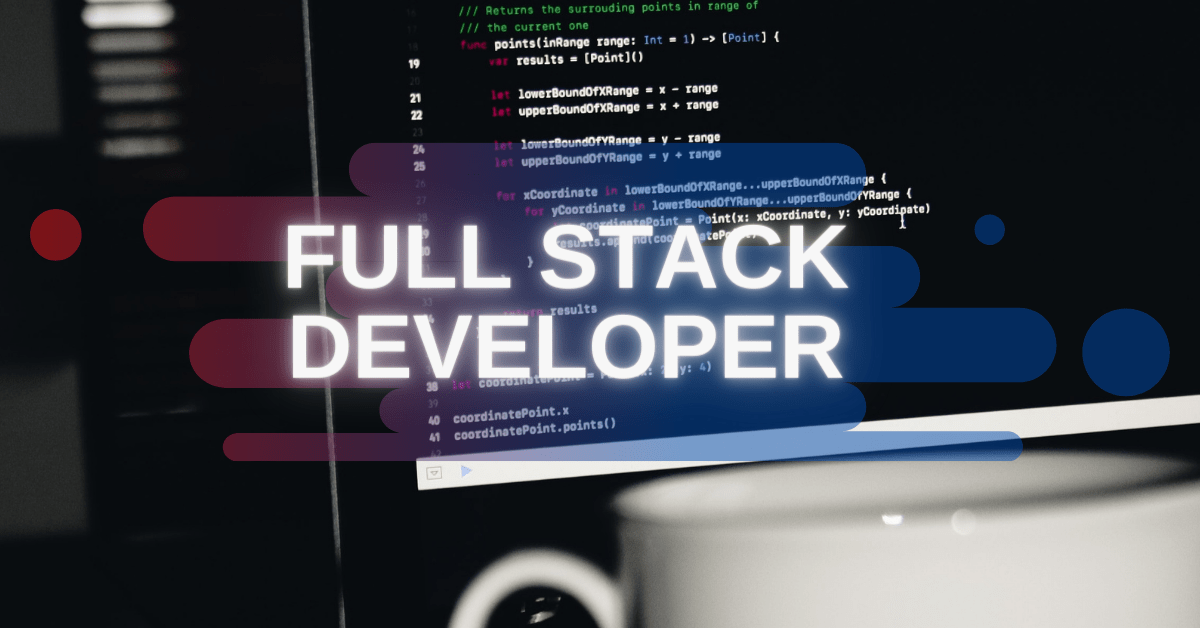With conception and inception in the years 2008 and 2009 respectively, M-Connect Solutions has grown on to becoming one amongst the top 6 e-commerce solutions…
Shoppers’ inclinations toward mobile shopping have fostered ecommerce industry a lot. So, ecommerce is touching new records of selling and increasing its overall share in the market in each quarter.
According to Statista, it is thanks to the increasing number of online buyers, which are expected to remain 2.0 billion at the end of 2019.
With the increased number of buyers, naturally sales tend to go higher, and Statista projects it up to $4.1 billion in 2019. It is a big pie, indeed! So, you have decided to jump in ecommerce bandwagon, and are looking for a dependable Ecommerce Development Company?
Well, before I point it one for you, I would like to discuss some current ecommerce trends, which you must follow in your aspiring ecommerce development project. You can discuss the same with your Ecommerce Development Company and decide which trends are suitable for your dream ecommerce store development project. Let’s start it.
1 – Direct-to-Consumer (D2C) Ecommerce Trends
It is about manufacturers who are manufacturing products and follow the traditional distribution model to sell their products.
In a traditional distribution model, the manufacturer ships the products to the wholesalers first. A wholesaler has many distributors again to ship products regionally.
A distributor sells those products to the retailers at wholesale price in its area. Finally, products reach in the hands of consumers. At the end of the tail portion, products have to bear the burden of various commissions and overheads.
Now, with the advent of ecommerce technologies and ease in shipping or delivery services and charges worldwide, manufacturers of some kinds of products are following D2C or Direct-to-Consumer model.
Manufacturers have websites or ecommerce stores to sell their goods directly to B2B and B2C channels. They accept the payment online from buyers with all clarifications related to products, including shipping charges and guarantees/warrantees involve in it.
This way, manufacturers cut the commissions between the product journey, delays, and a lot of hurdles to manage the entire distribution channel. Moreover, manufacturers have enough opportunities to do branding and get complete control over the sales of products.
Unfortunately, this model is not appropriate for all kinds of products and manufacturers but engineering like mechanical, automobiles, and day-to-day consumer items/grocery niches are applying it. These facts, an Ecommerce Development Company, must keep in mind while creating an online solution for such patrons.
2 – Drop shipping Ecommerce Trends
It is not a new concept, but it recently gained momentum due to the popularity of ecommerce and increase online shopping trends among the consumers.
If you have an ecommerce site affiliated with some known brands and trendy product manufacturers or suppliers, you can offer the role of a middleman. For that, you must build trust and rapport with the end-users of products.
Once you receive an order from the consumer on your online shop, you can pass it to the supplier after deducting your set commission on it. Now, the supplier will manage direct shipping to your consumer behind the curtain. It saves to invest in product inventory, warehouse management, and shipping or delivery management.
The drop-shipping concept is working well with bulky products, which demands a huge space for storage and transportation facilities to deliver it — for instance, coffee making machines and natural stones in ready to use kits.
3 – Omnichannel Ecommerce Trends
The majority of businesses and manufacturing use direct physical stores or ecommerce website dedicated to their businesses to sell their products or services online.
Having a website is good for branding and marketing. However, these two channels always are not enough in all conditions. Recently, a team of BigCommerce had carried a survey on buying patterns of global consumers of some products.
They have seen that only 65% of the shopping taken place through a physical store channel and ecommerce channels had 45% of shopping. Against these all, Amazon had recorded the highest selling of 78% of the same products.
Moreover, eBay (34%), Instagram (6%), Snapchat (4%), and Facebook (11%) are contributions to the selling of the same products. It indicates that a business must not be restricted up to one or two channels of selling products or services. Instead of keeping multiple channels (Omnichannel) approaches can enable them to survive in the fiercely competitive market.
Amazon has invested a lot on the development of online sales, reputations, and rapports with global consumers. Nearly 83% of USA consumers are purchasing from Amazon. Almost half of the products on Amazon come from 3rd party sellers, and those are more than 20K in numbers.
You could be one of those and increase your reach to global consumers. It may help you in your ROI as well as enable you to create a direct rapport to your targeted audience in the long run.
4 – Omnichannel Personalization Ecommerce Trends
We already know the significance of personalization. Many modern ecommerce websites are willingly integrating the latest personalization engines to provide automatic personalization experiences to their visitors and shoppers who used to visit their online outlet more than once.
Apart from on-site personalization, we can take Omnichannel personalization approaches just like we go for selling the products or services using multiple channels of sales.
To provide cohesive brand experiences, you have to prepare the common as well as channel-specific personalization strategies. For instance, when you offer some incentives to your repeat customers, keep in mind that you must keep consistency in it. It is because the same shoppers check offerings on multiple channels at the same time and making a buying decision.
Similarly, some personalized experiences are not ubiquitous on all channels you are going to cover. For example, Amazon has its personalization engines with a set of rules and regulation.
Whereas, Facebook is a social media and offers some different kinds of personalization experiences. It is the point where you have to differ channel-wise.
Unfortunately, modern businesses with an ecommerce site hardly understand the significance of Omnichannel personalization approaches. An Evergage study has revealed this fact obviously. According to the reports, only 2% of ecommerce has taken completely cohesive Omnichannel personalization approaches while only 11% have applied it in most channels.
It means we have to work on personalization experiences across the multiple channels and modes a lot. We can offer product personalization if we are product manufacturers or service providers. We can take on-site as well as off-site personalization approaches during our communication with prospective or repeat buyers.
5 – Artificial Intelligence in Ecommerce Trends
We already discussed on personalization experiences. Do you know personalization engines today are heavily relying on AI and associated technologies? Those are along with some personalization algorithms that use AI to deliver completely Omnichannel personalization services. However, AI-powered Chatbot is one of the components of on-site personalization.
Chatbot and alike conversational tools have capabilities to deliver awesome personalization experiences by integration with multiple channels of sales and communication. For instance, Facebook has typical AI-powered live chat, and you can integrate that Chatbot in your site to capture Facebook visitors of your brand pages.
A chatbot can provide your ecommerce visitors prompt and accurate answers to their queries regarding your products and services. An AI engine can empower your live chat feature to engage your customers tactfully.
It can push visitors or shoppers to conversion funnel ahead and eventually can close the deal with successful checkout & payment. It means Chatbot can follow your ecommerce visitors along the buying journey and acts as a dependable guide too.
Conclusion
What we have explored here is the tip of an iceberg. Recent advancements in ecommerce development technologies and tendencies of online shoppers have given birth to a variety of trends, which are difficult to accommodate in a single blog post. Therefore, I would like to request you to arrange a brainstorming session with our benevolent ecommerce developers to know more about recent trends and what is possible in your ecommerce design and programming within your budgetary constraints.
About Hemant Parmar
Hemant Parmar is an eCommerce expert and a keen Magento consultant who specializes in meeting the needs of businesses in the e-commerce space. Years in the eCommerce market make him a perfect choice for sharing his expertise on eCommerce and Magento 2 development. He believes that customers need to be met no matter how challenging it might be.
Read More




